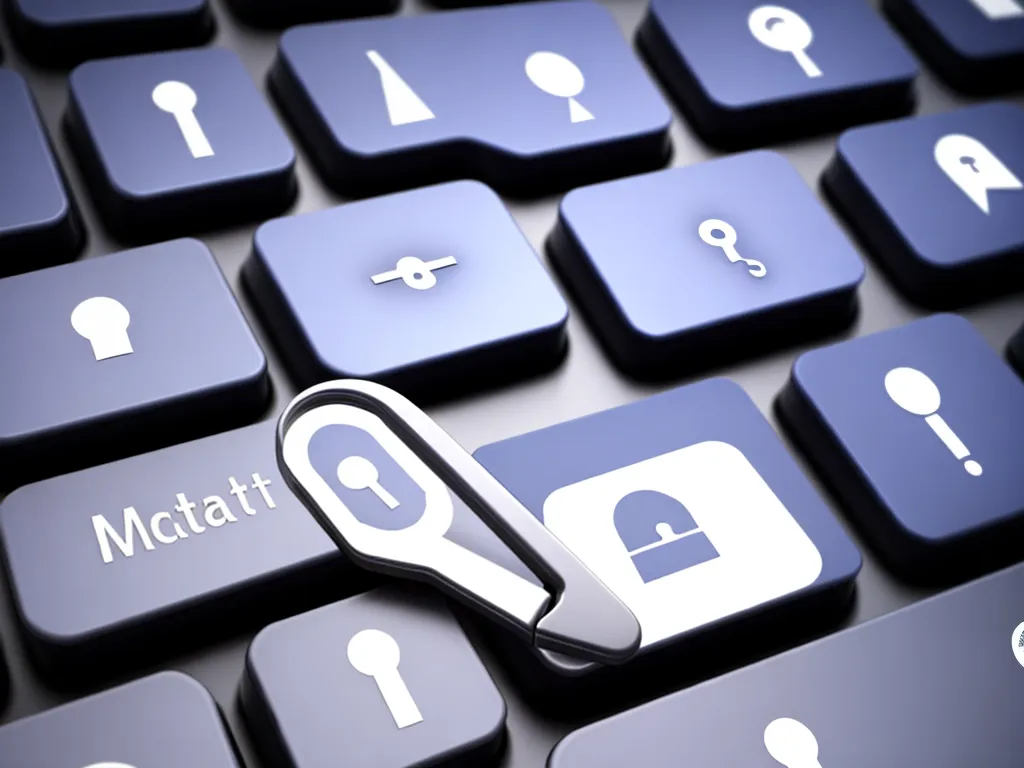
Passwords have been the default method of authentication for decades. However, with rising cyber threats, many experts argue that passwords alone can no longer protect our digital lives. In this article, I will explain why the password is dying and why multifactor authentication is the future.
The Problem with Passwords
Passwords have served us well, but they have some inherent weaknesses:
-
People choose weak passwords – The average internet user has over 100 online accounts but only uses a handful of weak, reused passwords like “123456” or “password”. These are easy for hackers to guess.
-
Phishing – Criminals use phishing emails and fake login pages to trick users into revealing their passwords. It’s easy to fall for these scams.
-
Data breaches – When a company’s database is hacked, millions of usernames and passwords are leaked online. Criminals then try these credentials on other sites in credential stuffing attacks.
According to Verizon’s 2021 Data Breach Report, stolen passwords were involved in 61% of breaches. It’s clear that passwords alone are no longer sufficient.
The Rise of Multifactor Authentication
Multifactor authentication (MFA) requires users to present two or more verification factors to prove their identity:
-
Knowledge factor – Something only the user knows, like a password or PIN.
-
Possession factor – Something only the user has, like a security key or mobile device.
-
Inherence factor – Something unique to the user, like a fingerprint or face scan.
By combining two or more factors, there are several benefits:
-
Better security – With multiple factors, it’s much harder for hackers to access accounts. Even if they steal a password, they need the second factor too.
-
Prevents phishing – Users have to prove ownership of a device or biometric, not just enter a password. This stops phishing attacks.
-
Convenience – Users can skip passwords and use fingerprints or face recognition on their phones.
According to Microsoft, enabling MFA can block over 99.9% of account hacks. That’s why companies and security experts recommend using MFA everywhere possible.
How Multifactor Authentication Works
There are several types of MFA solutions available today:
SMS Codes
After entering your username and password, a one-time passcode is texted to your mobile phone. This combines a knowledge factor (password) with possession factor (your phone). It’s better than just a password, but SMS codes can be intercepted.
Authenticator Apps
Apps like Authy and Google Authenticator generate time-based codes that refresh every 30 seconds. You enter the code from the app after your password. This is a token-based approach that combines a knowledge factor with possession of your phone.
Security Keys
USB devices like YubiKey physically connect to your device to prove identity. The key generates a unique code that logs you in after entering your password. This combines a knowledge factor (password) with possession of the physical key.
Biometrics
Your fingerprint, face, or other unique biometric can replace passwords as one factor. For example, you could scan your fingerprint instead of typing your password. This combines an inherence factor (biometric) with a knowledge or possession factor.
By combining these factors, MFA offers password-less convenience while also making accounts exponentially more secure.
MFA Adoption Is Growing
Given its clear security benefits, adoption of multifactor authentication is growing:
-
Tech giants like Google, Facebook, and Microsoft now enable MFA by default for all users.
-
Many online services like banks, insurers, and retailers now support MFA, often using SMS codes or authenticator apps.
-
Businesses are enabling MFA to protect employee, customer, and company data from breaches.
-
Consumers are enabling MFA options to protect personal accounts from fraud and identity theft.
While MFA used to be considered advanced security, it is becoming the standard. Passwords alone are no longer enough to protect our digital assets.
Recommendations for Using Multifactor Authentication
Based on all of the above, I recommend taking the following steps:
-
Enable MFA wherever it is offered – banks, social media, email, etc. Start with the most important accounts first.
-
Use authenticator apps like Authy over SMS codes when possible – it’s more secure. Just be sure to back up your account in the app.
-
Get a security key like YubiKey for extra protection on accounts like email and cryptocurrency wallets.
-
Set up biometrics on your smartphone and laptop if available – fingerprint unlock is convenient and effective.
-
Create a password manager like 1Password to generate and store unique complex passwords for each account.
By combining MFA with good password hygiene, you can achieve robust protection online. While the humble password served us well, its time is running out. Multifactor authentication is the future.
Conclusion
Due to rising data breaches and cybercrime, sole reliance on passwords is no longer safe. Multifactor authentication adds additional identity verification factors like security keys, authenticator apps, and biometrics. This multilayered defense significantly boosts account security and prevents phishing attacks. Given its clear benefits, MFA adoption is accelerating. I recommend enabling MFA across your most important online accounts. While the trusty password had a good run, the future belongs to multifactor authentication.












